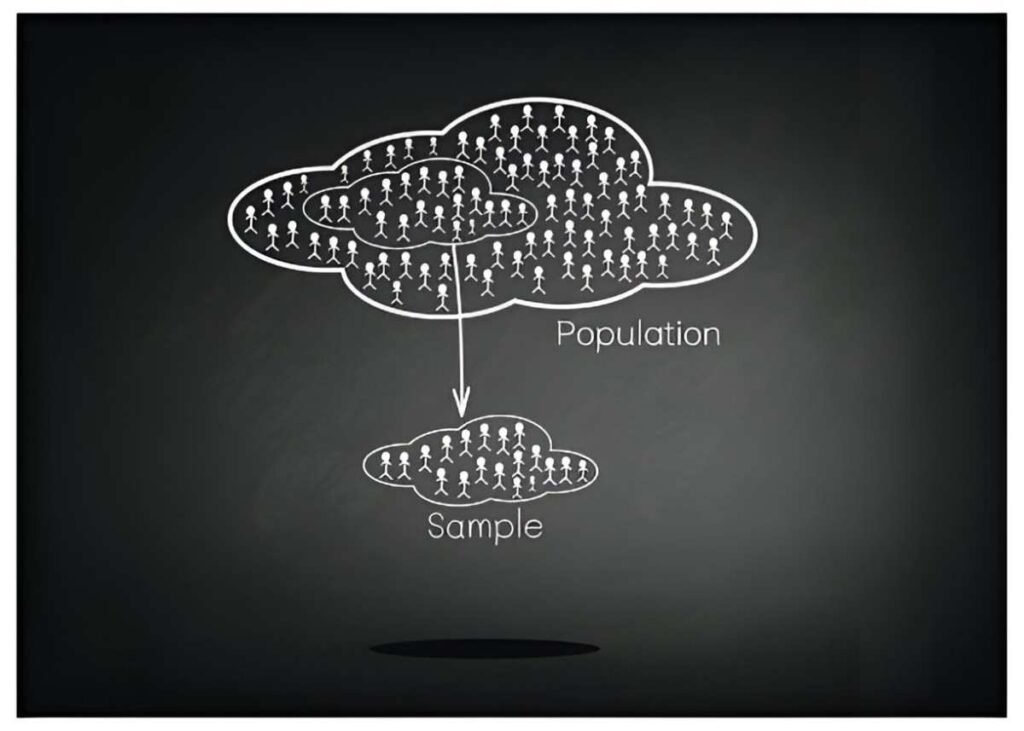In the realm of accounting and finance, understanding various types of variances is crucial for analyzing performance and making informed decisions. One such type is mix variance, which evaluates the impact of changes in the mix of inputs or products on overall costs or revenues. This guide will elucidate what mix variance is, its significance, and provide illustrative examples to enhance comprehension.
Table of Contents
What is Mix Variance?
Mix variance refers to the difference between the actual cost or revenue arising from a change in the proportion of inputs or products used and the expected cost or revenue based on standard proportions. In other words, it assesses how changes in the mix of inputs or products affect overall costs or revenues compared to what was anticipated based on standard ratios.
Key Characteristics of Mix Variance
- Evaluation of Input or Product Mix: Mix variance assesses the impact of changes in the mix of inputs or products on costs or revenues.
- Comparison to Standard Proportions: It compares actual results to what would have been expected based on standard ratios or proportions.
- Identification of Cost or Revenue Drivers: Mix variance helps identify the drivers behind changes in costs or revenues, enabling management to take corrective actions if necessary.
Importance of Mix Variance
- Performance Evaluation: Mix variance provides insights into how changes in the mix of inputs or products contribute to overall performance, helping management evaluate efficiency and effectiveness.
- Decision-Making: By understanding the drivers of mix variance, management can make informed decisions regarding pricing strategies, product mix optimization, and resource allocation.
- Cost Control: Analyzing mix variance allows management to identify opportunities for cost reduction or revenue enhancement by optimizing the mix of inputs or products.
How Mix Variance Works
- Establishment of Standard Mix: Standard proportions or ratios for inputs or products are established based on historical data, industry benchmarks, or management’s expectations.
- Calculation of Actual Mix: The actual mix of inputs or products used in production or sales is determined based on current data or records.
- Calculation of Mix Variance: Mix variance is calculated by comparing the actual cost or revenue with what would have been expected based on standard proportions.
- Analysis and Interpretation: Management analyzes mix variance to understand the drivers behind the deviation from standard proportions and takes appropriate actions to address any unfavorable variances.
Example of Mix Variance
Example: A bakery produces two types of cakes: chocolate cake and vanilla cake. The standard mix for chocolate cake to vanilla cake is 2:1. However, in a particular month, the bakery produces more vanilla cakes due to increased customer demand, resulting in a mix of 1:1 instead of the expected 2:1. As a result, the cost per cake increases due to the higher proportion of ingredients used in vanilla cakes compared to chocolate cakes. The mix variance analysis reveals the deviation from the standard mix and helps management understand the impact on overall costs.
Advantages of Mix Variance
- Performance Insight: Mix variance provides valuable insights into how changes in the mix of inputs or products impact costs or revenues, aiding performance evaluation.
- Decision Support: Understanding mix variance helps management make informed decisions regarding product mix optimization, pricing strategies, and resource allocation.
- Cost Optimization: By identifying opportunities to optimize the mix of inputs or products, mix variance analysis contributes to cost control and efficiency improvement efforts.
Disadvantages of Mix Variance
- Complexity: Calculating and interpreting mix variance can be complex, particularly in organizations with multiple products or inputs and intricate production processes.
- Subjectivity: Determining standard proportions or ratios may involve subjective judgment, potentially leading to variances based on differing assumptions or estimates.
Conclusion
Mix variance is a valuable tool in performance evaluation and decision-making, providing insights into how changes in the mix of inputs or products affect overall costs or revenues. Understanding mix variance allows management to identify opportunities for cost reduction, revenue enhancement, and efficiency improvement by optimizing the mix of inputs or products. By effectively analyzing and addressing mix variance, organizations can enhance their competitiveness, profitability, and sustainability in dynamic business environments.





